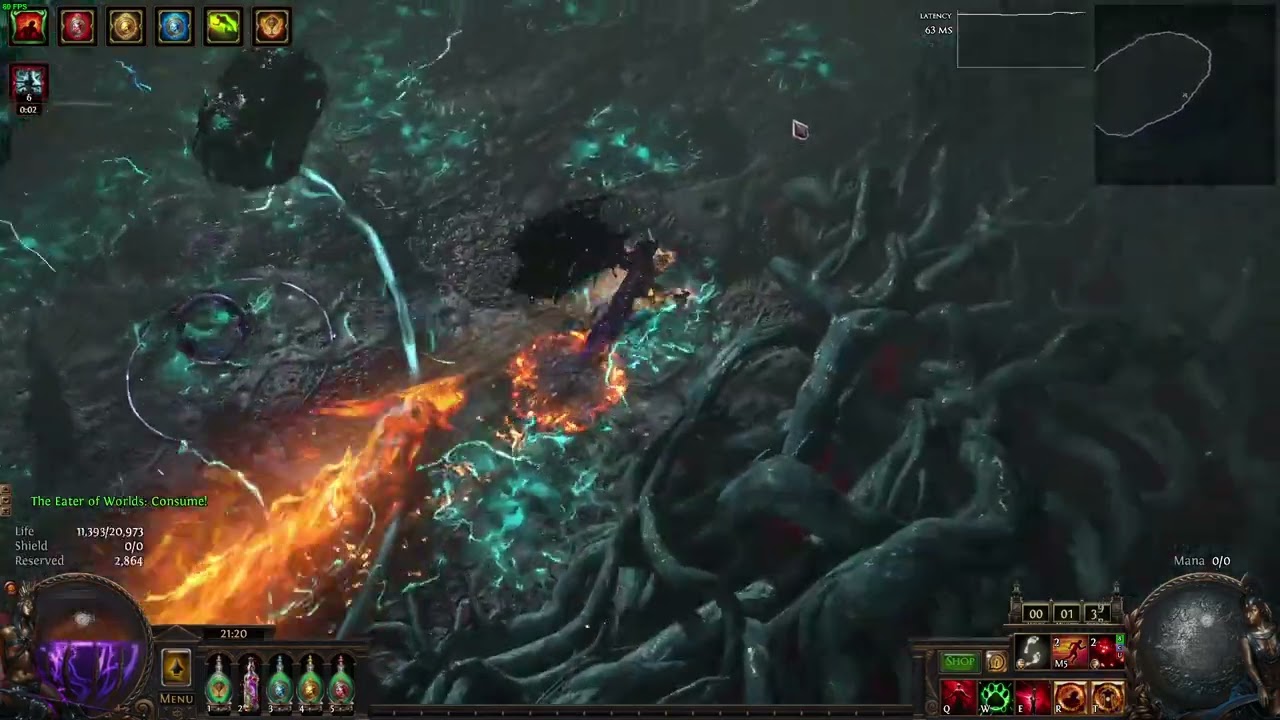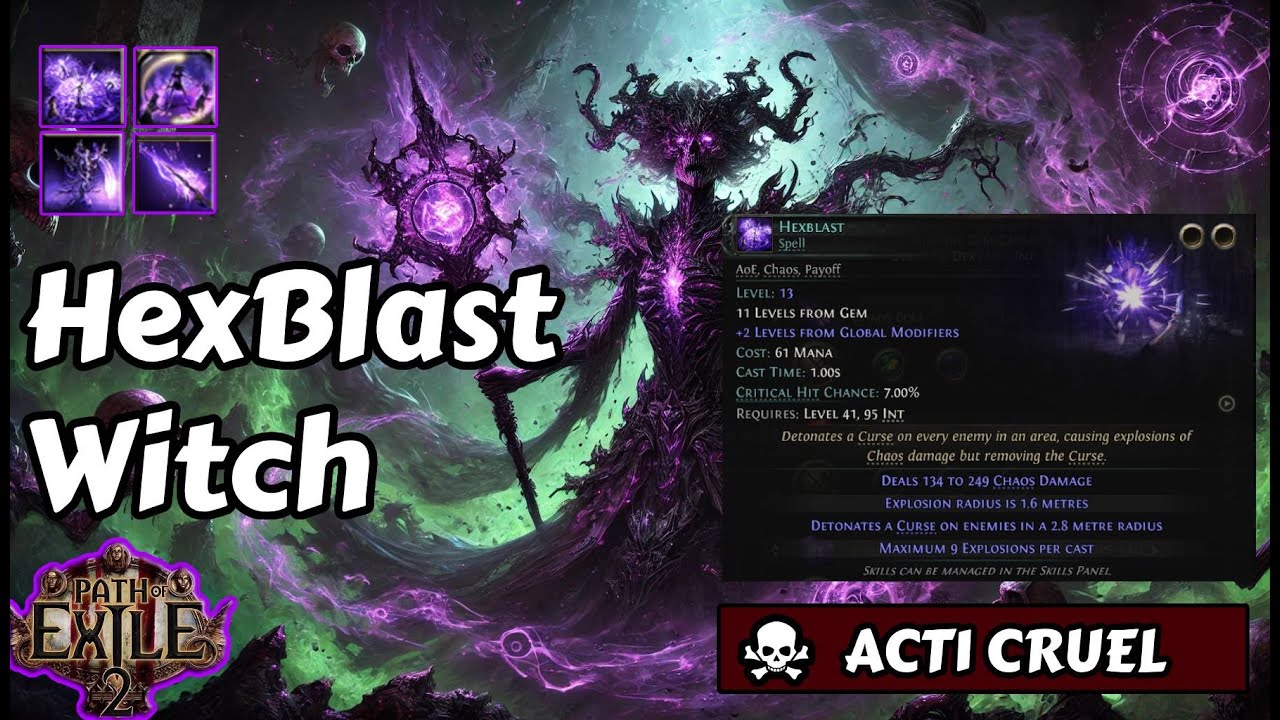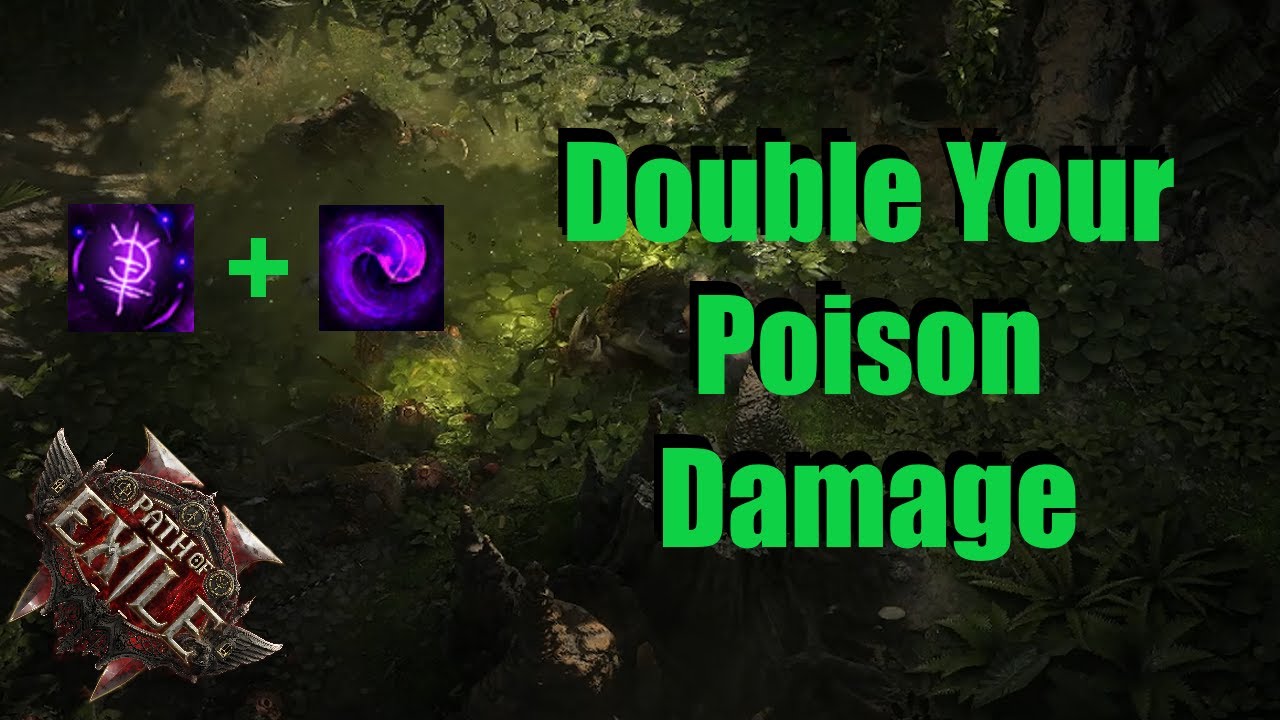In the constantly evolving world of Path of Exile, building a viable character requires not just an understanding of the mechanics but also the ability to adapt and refine your strategies.
This article delves into our experiences and key takeaways, serving as an invaluable resource for anyone looking to optimize their Poison Ranger build.
Bossing DPS and Initial Reflections
This post highlighs our experience with bossing DPS while playing the Poison Ranger.
We acknowledges that, while his damage wasn’t terrible, it wasn’t optimal either. Poison builds are known for their ability to maintain a near-constant uptime on their damage due to the nature of poison’s damage over time effect.
However, when comparing his own gameplay footage against that of other players, particularly a mercenary build from BigDucks, we noticed a discrepancy.
Our Poison Ranger killed bosses slower than the comparable mercenary builds, specifically crossbow mercenary. Interestingly, his build performed better than the grenade mercenary.
The core issue, is the limited stacks of poison early on. For instance, we could only maintain two stacks of poison on a boss, thus hitting the boss with more poison damage becomes redundant.
This limitation prevents any ramping damage, a vital element for efficiently dealing with bosses. The poignant question I had was how to tackle this early-game boss damage limitation.
Weapon Swapping and Early Game Adjustments
I suggests that one strategy to optimize early game boss damage is by incorporating weapon swapping between poison and lightning.
Poison can be used to apply an initial debuff, and then lightning arrows can be used to deal additional damage. This dual approach maintains versatility and optimizes damage output.
However, we hints at a more promising solution, involving a specific skill and support gem combination—Dark Effigy and Withering Touch.
Dark Effigy and Withering Touch Synergy

Dark Effigy, a totem skill accessible early in the game, raises a totem that bombards enemies afflicted by chaos damage over time. This means once an enemy is poisoned, the totem will continuously attack it.
By pairing this with Withering Touch, which applies the Withered debuff making enemies take more chaos damage, it potentially increases the poison damage output significantly.
Wither can stack up to 15 times, resulting in an extra 90% multiplicative chaos damage. Despite being an untested theory during his run, we express confidence that this combination could drastically improve early game bossing damage.
Addressing Mobbing Challenges
Bossing wasn’t our only challenge. We faced notable difficulties with mobbing—the clear speed and survival in dealing with large waves of enemies.
The Poison Ranger build struggled with being easily overwhelmed by mobs, lacking the burst single-target damage and adequate crowd control.
One valuable observation we share is the importance of utilizing the inherent crowd control capabilities of poison, such as slows and hinders. These can drastically improve survival and positioning, crucial for a squishy build like the ranger.
Including skills that enhance slows, such as Vine Arrow paired with Encumbrance, can help create much-needed spacing between the player and mobs.
Enhancing Crowd Control with Despair and Decaying Hex

Next up, we look into another intriguing combination—using the curse Despair in conjunction with Decaying Hex and Chaotic Freeze.
Despair lowers enemy chaos resistance, a staple for improving poison damage against tougher enemies. Decaying Hex, when paired with Chaotic Freeze, makes enemies affected by chaos damage over time susceptible to freeze buildup.
This novel approach can make a Poison Ranger capable of freezing enemies, a synergistic blend we hadn’t explored during his initial gameplay.
By introducing freeze into the build, we introduce new potential synergies, such as Cast on Freeze with Comet or Contagion, further enhancing crowd control capabilities. This theory, while untested in his initial run, promises substantial strategic depth.
Improving Straightforward Poison Damage

Beyond utility and crowd control, we discusse straightforward methods to enhance raw poison damage.
One particularly eye-opening moment we expereienced was encounter with a boss that we initially struggled to defeat.
The introduction of the Corrosion gem to his toxic growths marked a turning point, allowing him to break the boss’s armor and achieve a critical victory.
Understanding Corrosion and Exploiting Weakness
Corrosion gives poisons the capability to break armor, ensuring enemy physical damage negation is bypassed, subsequently allowing poisons to deal increased damage.
Additionally, we bring attention to the Exploit Weakness gem, which significantly boosts poison damage through consuming broken armor.
Together, these effectively increase poison damage output, making high-health enemies more manageable.
Building Up Frenzy Charges with Poison
We touch on another advanced synergy involving endurance and frenzy charges.
Breaking enemy armor grants endurance charges, which, through the Resonance passive, can be converted into frenzy charges—important for skills that repeat multiple times.
This opens up significant dps increases for poison-imbued bow attacks under the barrage skill.
Conclusion
This in-depth analysis and reflections is based on our Poison Ranger gameplay in Path of Exile provide a wealth of knowledge for refining this build.
From incorporating strategic weapon swapping and potent skill synergies to enhancing crowd control and raw poison damage, his insights offer a comprehensive guide to optimizing a Poison Ranger.
His reflections underscore the importance of continuous adaptation and exploration of new combinations to master Path of Exile’s challenging landscape. With these detailed insights, you can look forward to a much stronger start and a more resilient Poison Ranger build.


